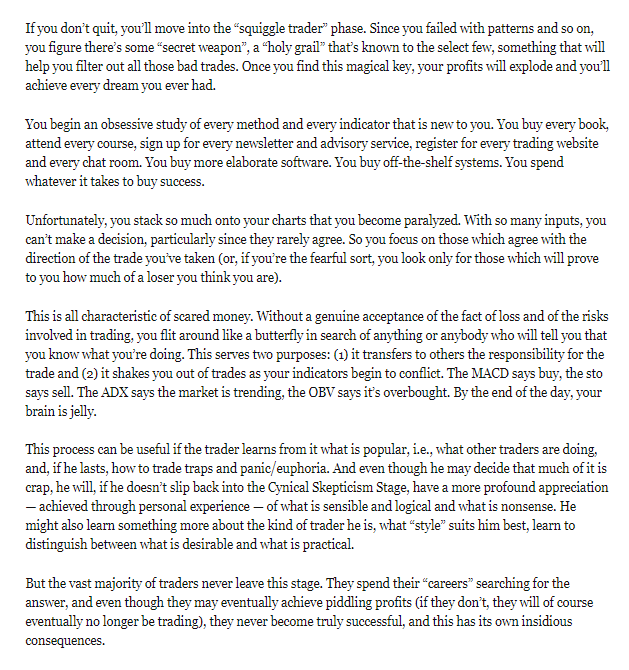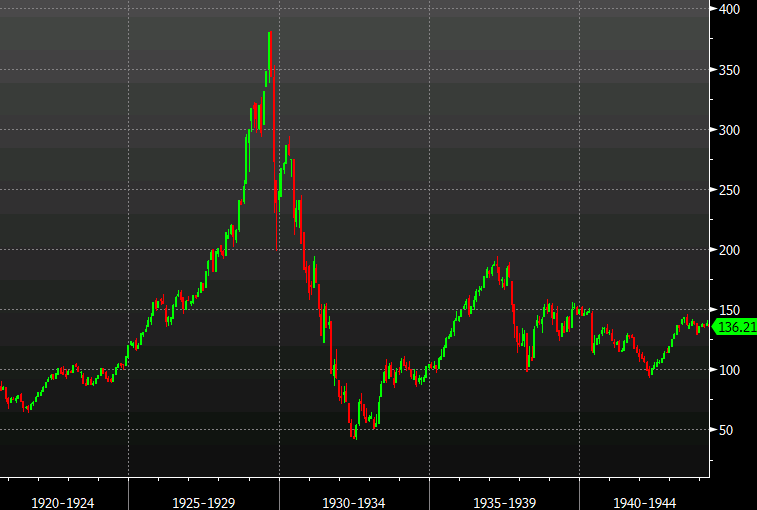
The Key to Successful Long-Term Investing










For practitioners of Schadenfreude, seeing high-profile investors losing their shirts is always amusing.
But for the true connoisseur, the finest expression of the art comes when a high-profile investor identifies a bubble, perhaps even makes money out of it, exits in time – and then gets sucked back in only to lose everything in the resultant bust.
An early example is the case of Sir Isaac Newton and the South Sea Company, which was established in the early 18th Century and granted a monopoly on trade in the South Seas in exchange for assuming England’s war debt.
Investors warmed to the appeal of this monopoly and the company’s shares began their rise.
Britain’s most celebrated scientist was not immune to the monetary charms of the South Sea Company, and in early 1720 he profited handsomely from his stake. Having cashed in his chips, he then watched with some perturbation as stock in the company continued to rise.
In the words of Lord Overstone, no warning on earth can save people determined to grow suddenly rich.
Newton went on to repurchase a good deal more South Sea Company shares at more than three times the price of his original stake, and then proceeded to lose £20,000 (which, in 1720, amounted to almost all his life savings).
This prompted him to add, allegedly, that “I can calculate the movement of stars, but not the madness of men.”

